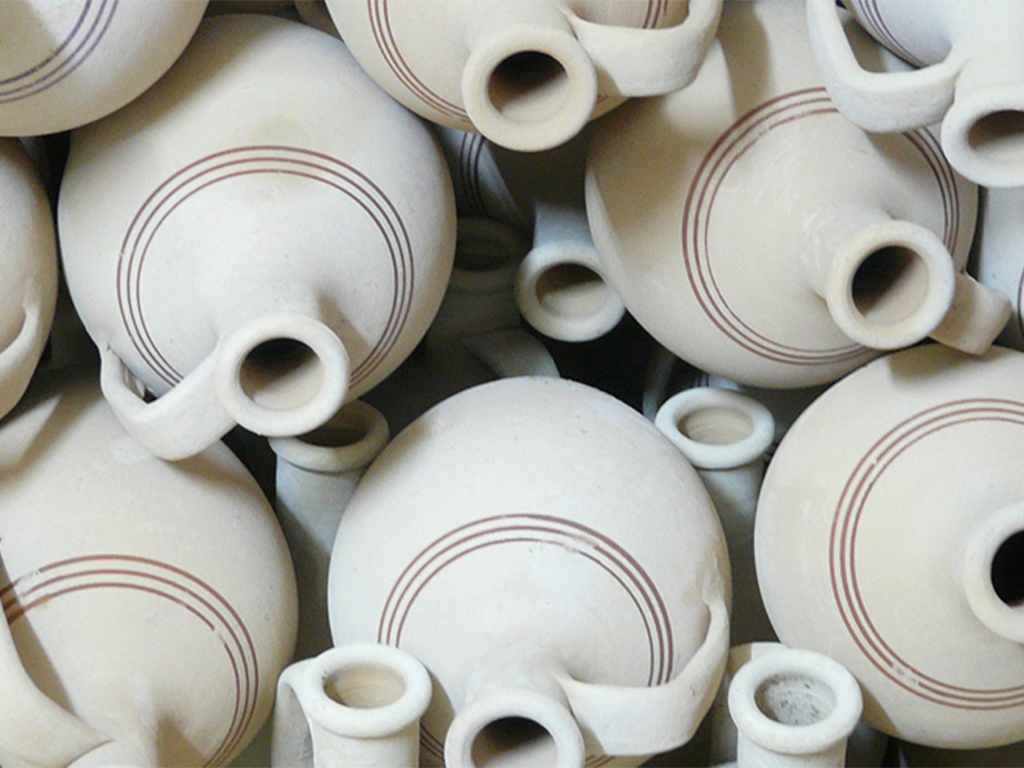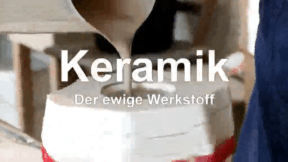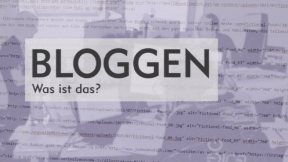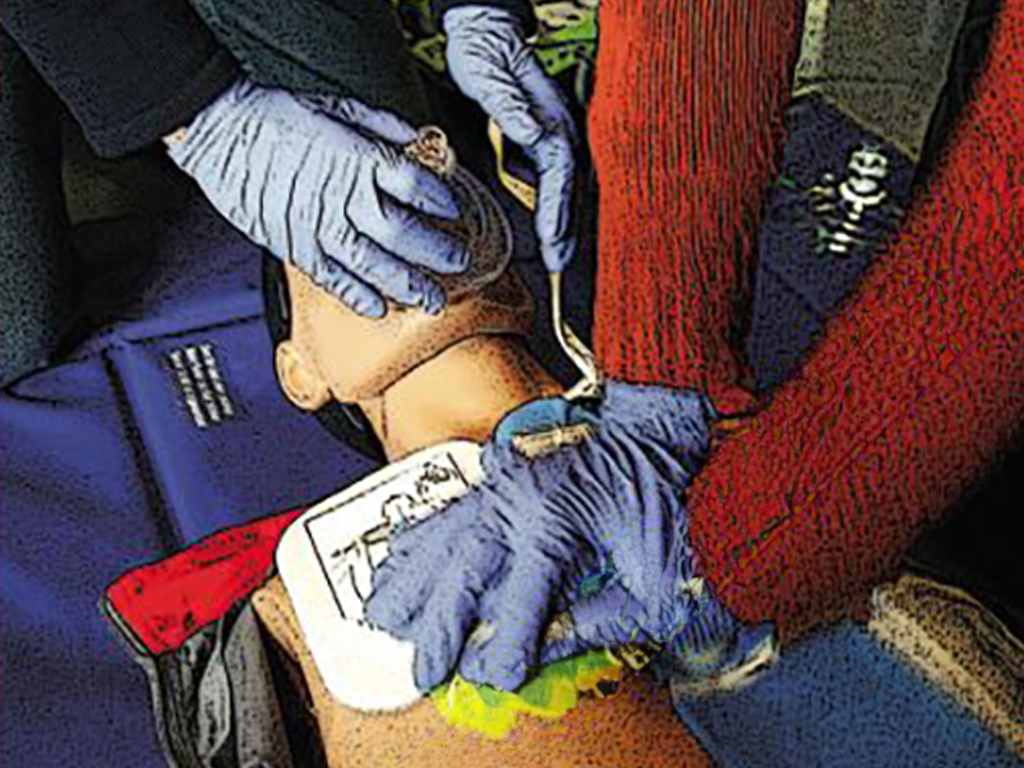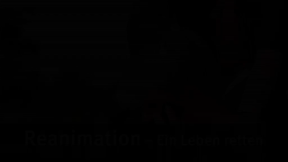 Primary School
Primary School
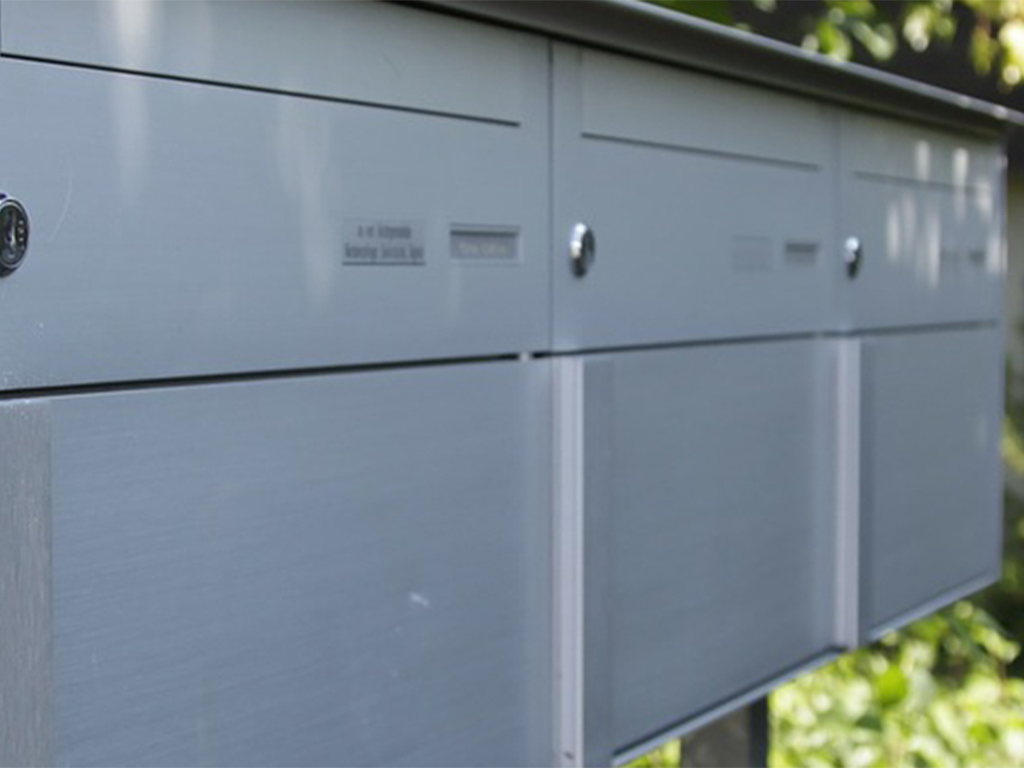

4658330 / 5551750
Postal Service
How Are Letters and Similar Postal Article
The postal service as an organisation for the delivery of news and retail goods through letters, postcards, parcels and packages is considered a part of the pupils‘ life experience and thus dealt with at primary school. This film is meant to illustrate this important procedural part of the children‘s lives and to make it intelligible to them. It deals with the writing, addressing, stamping and sending of a letter, with the importance of stamps, with the letter box and its emptying and the journey of a letter or a package from the sender to the addressee. Both as an introduction to the topic and as a tool in the hands of the pupils when working individually or preparing projects, the DVD and the didactically arranged accompanying material are perfectly suited for the classroom. A short excursus on the history of the stamp and a glance behind the scenes of a letter centre as well as a sorting centre, which usually cannot be visited, complete this informative DVD on the postal service.
Play trailer
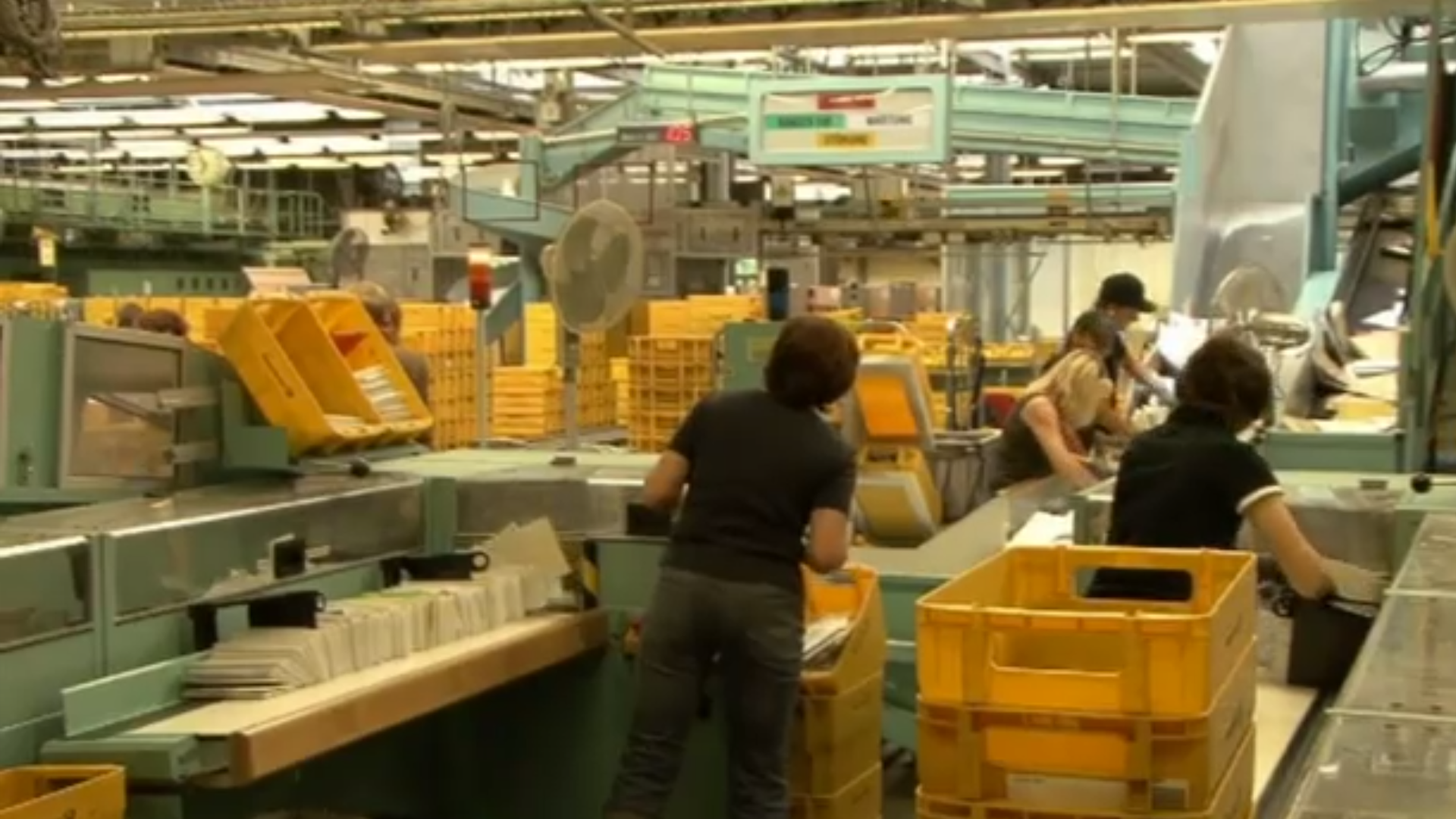
Curriculum-centred and oriented towards educational standards
Matching
Ceramic
Ceramics are indispensable in our everyday lives. We eat from ceramic plates, drink from ceramic cups, use tiled ceramic bathrooms. But how is ceramic manufactured? The film reveals the secrets of this fascinating material! We get to know more about the beginnings of ceramic in the Old World of Egypt and Mesopotamia, about Greece, China and Rome. We gain interesting insights into the valuable earthenware and are also shown the exquisite further development of the "white gold". Today this versatile material is irreplaceable in industry, too. Whether in space or as an easily compatible substitute in medicine, ceramic is applied in many places.
Blogging
The weblog or blog, for short, as a medium is not much older than this century. Blogs came into being in the World Wide Web as ’messages from below’, as web pages from web creators who wanted to share their view of the world with the world. They are short notes, long texts, pictures, videos, which are posted loosely and at random intervals to the world for an undefined public.




